
William Mortensen (1897 – 1965) – "A Pictorial Compendium of Witchcraft and Demonology" The complete 1924 series. On view at the Museum of Old and New in Tasmania through 2018 courtesy of The Museum of Everything.
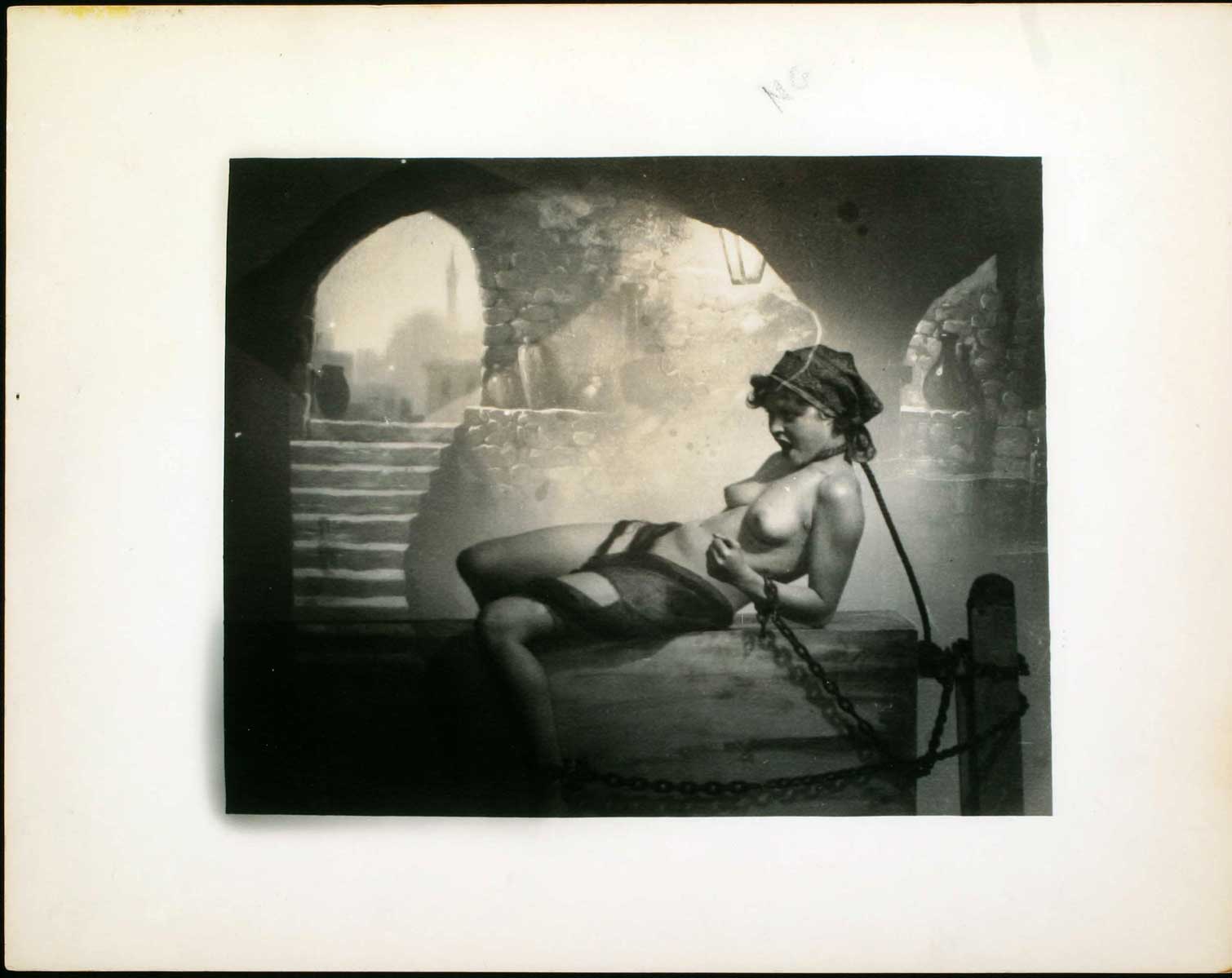
William Mortensen Reconsidered by A. D. Coleman
The inclusion of William Mortensen in our current understand- ing of the history of photography marks an end to the long-term injustice done to the man and germinal work.
Anathematized, ostracized, and eventually purged from the dominant narratives of 20th-century photography due to the biases of a small but influential cluster of historians, curators, and photographers, Mortensen plunged into an obscurity so deep that by 1980 most considered him unworthy of even a footnote. Yet the approach to the medium that he advocated, under the rubric of “pictorialism,” included practices central to photography of the past four decades: events staged for the camera, image text combinations, photomontage, “alternative processes,” and more.
Morensen not only exemplified those tendencies in his own widely exhibited and published works but argued vigorously for them in cogent, controversial articles that appeared in the photo magazines of his day, therein contending articulately and persuasively with such vehement antagonists as Ansel Adams and Nancy Newhall. Furthermore, he invented several unusual darkroom processes, devised and marketed some printmaking tools, ran a school for photographers in Laguna Beach, CA and authored a series of highly regarded tutorial texts that guided several generations of practitioners.
So, inevitably, the cycle of appreciation and disregard that affects art and artists in all media returned him to our attention. Regrettably, however, the neglect of Mortensen and his contri- butions in the last years of his life and for several decades thereafter resulted in the apparently haphazard dispersal of his archive: master prints, work prints, negatives, manuscripts, correspondence, notes... scattered and, for the most part, presumed lost. So we must cherish those salvaged bits and pieces that survive. If the critical literature on this notable figure seems thin, we can attribute that in good part to the scarcity of primary source materials. The recovery of any substantial slice, such as these works from the estate of Hereward Carrington, brings us a step closer to grasping the full scope of his work as a picture-maker and the relation of his images to his ideas.
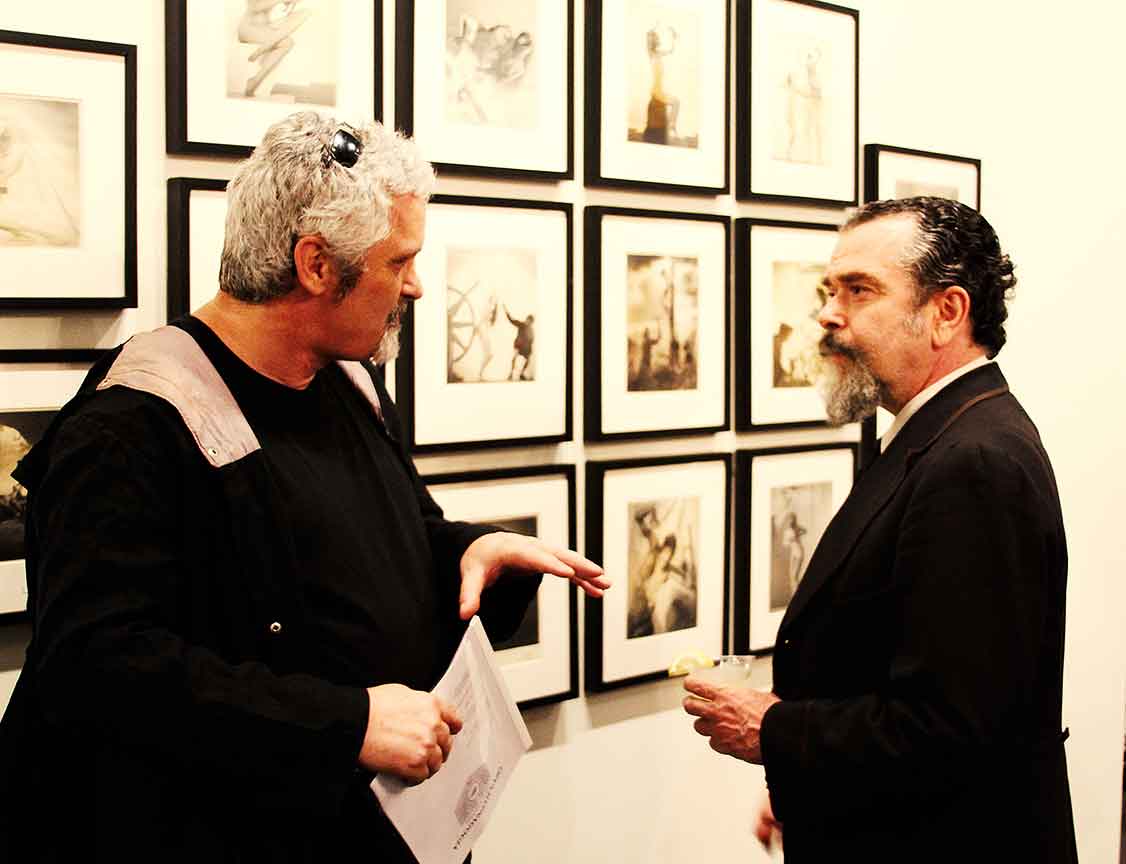
Galleriest and curator Stephen Romano with artist Joe Coleman at the opening of Morbid Anatomy Museum's "Opus Hypnagogia" July 2015 with William Mortensen's "A Pictorial Compendium of Witchcraft".
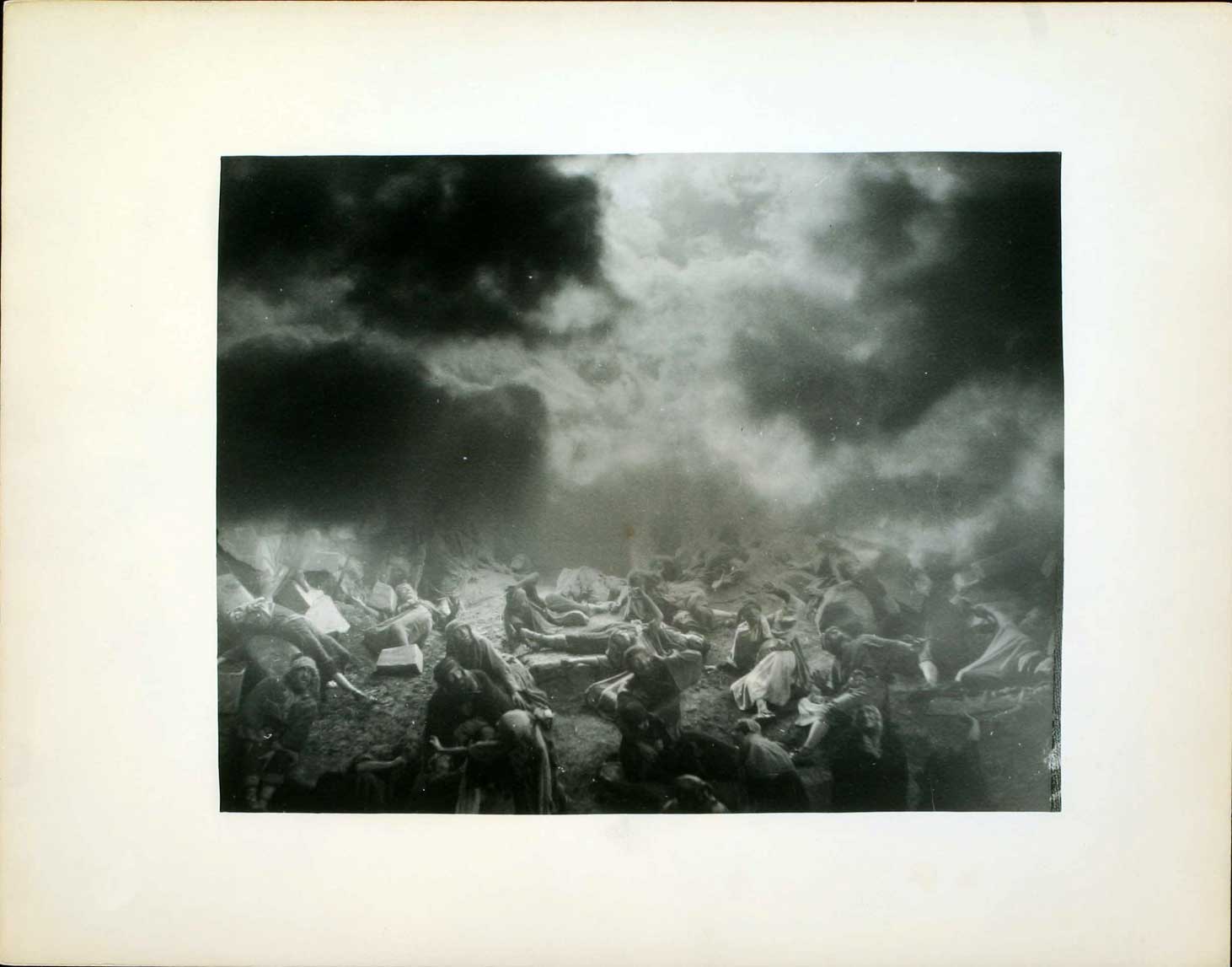
William Mortensen appears to have given well-known British-born American investigator of psychic phenomena and author Hereward Carrington these photographs, either directly or through their mutual friend Manly Hall.. They were found in Carrington's study amongst a pile of papers on his desk by some contractors who were owed money. One of these contractors recognized the name "William Mortensen" as being something of value and agreed to take the works as payment. After being authenticated by an expert on the subject of Mortensen, the works langusied until in 2014 they decided to post one on an aution website. Mere coincidence would have gallerist and curator Stephen Romano online at that moment whom received a notice of the listing. Immediately recognizing what this potentially could be, Romano contacted the owner immediately and asked him to take down the auction, whom send further examples of the series. Romano, an avid collector and Mortensen enthusiast, acquired all of the works, had them framed, produced an accompanying catalog and brought them out to the Metro Show in NYC January 2014, where they immediately caught the attention of the New York Times, where the first person who walked into the booth, the director of a European Foundation, saw them aquired the entire series. The series was later featured in the exhibition "William Mortensen: American Grotesque" at Stephen Romano Gallery October 15 - December 31 2014, as well as the exhibition "Opus Hypnagogia" at the Morbid Anatomy Museum in Brooklyn 2015. The signature photograph "Ho Ho Off To Sabbot" was featured in the exhibition "Language of Birds" curated by Pam Grossman .

William Mortensen "Ho Ho Off To Sabbot" circa 1926 in the exhibition "Language of Birds" curated by Pam Grossman.
The series is also illustrated in the hard cover book "William Mortensen: American Grotesque" one of the most celebrated art books of 2014, published by Feral House.
Beauties and Priests, among other Beasts: William Mortensen’s Images of Witches, Demons and Sadistic Inquisitors
by Tom Patterson
If he were resurrected today, almost 50 years after
dying a marginalized and maligned figure in his field, photographer William Mortensen would surely have
no trouble finding work or creative kindred spirits. His influence and affinities to his work are evident across a range of art and popular culture. Techniques he pioneered for manipulating photographic images--a practice for which he was once disparaged--now have digital equivalents that are widely employed and accepted in photography. A few decades of hindsight reveals him as
a visionary and a consummate artist ahead of his time.
In addition to his prescient technical innovations, his photographs prefigured the imagery and visual mood that have become the stock in trade for horror films, horror comics, bondage porn, sorcery-themed fiction and all things goth.
These aspects of Mortensen’s work are foregroundedin this selection of 20 prints he made in the mid - tolate 1920s. Most are from a never-completed project on witchcraft and demonology, evidencing a fascination with the occult and reflecting his predilection for juxtaposing images of seduction and fear. These relatively early examples of his work yield insight into his personal interests, his ideas about beauty, his affinity for the grotesque, his experiments with montage, and other means he devised for manipulating images to amplify their effect.
The prints were left among the worldly goods of Hereward Carrington following his death in 1958. A British writer and psychic-phenomena investigator, Carrington spent most of his life in the United States and wrote books on subjects including magic, conjuring and the paranormal. While he and Mortensen shared some apparent common interests, there’s no record of their having known one another, and it remains unclear how Carrington came to possess this group of Mortensen’s prints. Given the lack of information about possible connections between the two
men, reasonable speculation about Carrington’s ownership of the prints might center on their specific themes, the figures in them, and whether Carrington considered them relevant to the subjects he was exploring in his books. Those he published between 1920 and 1930 focused on astral projection, spiritualism, the development of psychic powers, the science of psychic phenomena, the origin and nature of life, death and immortality, and women’s love lives. It’s easy to imagine how he might have seen reflections of these subjects in this group of photographs.
The prints Carrington owned are refined to varying degrees and in some cases intentionally flawed as a result of Mortensen’s brave, vivid experimentation and physical interactions with his models and in the darkroom. This would indicate that Mortensen didn’t intend them for exhibition or sale at the time, but rather as the basis for a series only occasionally perpetuated beyond these intense images. Among the more likely-seeming reasons Carrington had them would have
been for study purposes, as imaginative illustrations of psychic or paranormal phenomena he was investigating. Aside from any scientific interest they might have held for him, he was perhaps turned on by the bodies and poses of the nude women who appear in most of the images.
Mortensen certainly intended these photographs to carry a strong sexual charge. He considered sex the first of three elements--along with sentiment and wonder- contributing to an image’s appeal and its impact on viewers. “The picture must command you to look at it,” he wrote. This power to draw and hold a viewer’s gaze he termed “the pictorial imperative.” Like countless artists who preceded and followed him, he understood that young, beautiful women will always attract attention--all the more so when they’re unclad and provocatively posed. He also knew that other forms of taboo imagery had a related effect, which he exploited in images that make ironic use of religious icons and regalia, as do several of
the prints in this group. Moralizers of Mortensen’s day would have been doubly offended by the latter images because they’re not only sexually provocative but also spiritually transgressive and implicitly critical of religious authority.
In this connection, the untitled image on the cover and the variation of it on
page 4 are of special interest. Both portray a young woman, nude and seated on a pedestal as she stabs a dark doll with long spikes. The straightforward cover image is characterized by a spirit of playful innocence that distinguishes it from the others in this group. The model wears an almost childlike, unselfconscious smile as she prepares to plunge the last of three spikes into her little doll. The image on page 4 conveys avery different kind of mood, even though the model is similarly posed and, again, smiling. The effect is almost entirely due to Mortensen’s warping of the image, apparently by manipulating the negative during the printing process. The distortion lends the image a vaguely sinister, hallucinatory quality.
Did Mortensen intend these images to represent early stages in a young woman’s engagement with the black arts? Might he have meant to trace that process
from innocent experimentation through seduction by demonic forces to more advanced knowledge and practice? Unfortunately, information to help answer those questions remains scarce.
Another aspect of the two voodoo-doll photographs that has drawn speculation is the identity of the model. It’s been suggested that she is Fay Wray, best known for her role in the 1933 film King Kong. Mortensen had known Wray since she was in her early teens, about five years before the estimated dates for these photographs. If the dates are accurate, the session with the voodoo doll took place just as she was about to emerge as a Hollywood star. (She signed to Paramount Pictures in 1927.) These may have been among Mortensen’s immodest photographs of Wray that caused a scandal on their publication in a movie magazine in 1928, the same year she was cast in her first leading role. Although intriguing, this angle on the two images perhaps constitutes a diversion unrelated to the issues of how they might have fit in with Mortensen’s witchcraft-and-demonology project. On the other hand, if one associates the young Wray’s corruption in the hedonistic milieu of Hollywood with a rite of initiation to the inner circles of power, then it’s no major stretch to draw a metaphorical connection with these two images.
While the model toying with the voodoo doll takes something of an active role
in connecting with demonic forces, the young women in images pages 19, 23
and 24 are more passively posed, evidently at the mercy of the eerie-looking, supernatural beings intruding on them through the magic of Mortensen’s manual and mechanical interventions. In conjuring these mutant figures, Mortensen aimed to evoke a mix of fear and repulsion so as to compel a sustained gaze. Meanwhile, of course, he knew his young female models would attract a completely different kind of attention. These images are driven by the tension between lustful attraction and fearful repulsion--beauty and the beast. He set up a related confrontation on page 20, in which the figure menacing the vulnerable, disrobed female model is a black-robed cleric instead of a demon. The scene has been contextualized through the use of props and suggestions of a theatrical set that might represent a medieval dungeon.
The latter photograph is one of several elaborately contrived images in this group that depict women being tortured or prepared for execution by black-
robed, hooded figures, some brandishing crucifixes. (See pages 12, 15 and 16, all variations on Mortensen’s photograph titled “The Tribunal,” as well as page 17.) Distinguished by settings that incorporate medieval architecture, monumental devices and other evocative, gothic details, these images highlight the sense of theatricality that he developed from working behind the scenes on Hollywood films such as Cecil B. DeMille’s King of Kings. They’re clearly intended to suggest scenes from the Inquisition--young women being persecuted for witchcraft by sadistic, misogynistic priests.
Two closely related, untitled multiple-exposure prints in this group (pages 3 and 22) superimpose nude female and male figures that also appear in other images which Mortensen titled “The Heretic” and “Shrapnel” or “Warlock.” The most effectively terrifying images in the entire group, at least to my eye, they look like they’re intended to illustrate demon possession. Because the victim is as usual
a young, nude woman-chained to a bed, no less--and the presumably demonic figure (also nude) is male, the image hints at sexual violation. Grimacing, contorting his body and spreading the fingers of his upraised hands like the talons of a predatory bird, this malevolent entity also exudes a Dionysian vibe as he looms threateningly over the immobilized woman, whose face registers a terrified delirium.
A very different note is struck by the final image in this publication, page 25, “Off To The Sabbot.” In this signed, finished print we have the world’s sexiest naked witch getting off on her phallic broom--performing her gracefully orgasmic aerial ballet while (as the title tells us) spiriting herself off to join other practitioners in celebrating the Black Mass. If the images of the young maybe-Fay Wray with the voodoo doll represent a preliminary stage of a witch’s initiation, then this closing image represents a well-versed sorceress, writhing in ecstasy on her magic broom as she glides above and away from the old city whose rooftops spread out across the bottom of the scene, where spiritually somnolent squares go about their dreary routines.
No fear of flying for her. Her simultaneous self-pleasuring and defiance of gravity hint at other more formidable skills. She seems to epitomize Mortensen’s ideas about witchcraft and its appeal--a woman liberated and empowered. His bold portrayal of a beautiful woman in the throes of sexual ecstasy while masturbating with an occult object must have been deliciously shocking almost 90 years ago--a metaphorical middle finger to the moral and photographic establishment of the day. One suspects this is exactly what Mortensen had in mind.
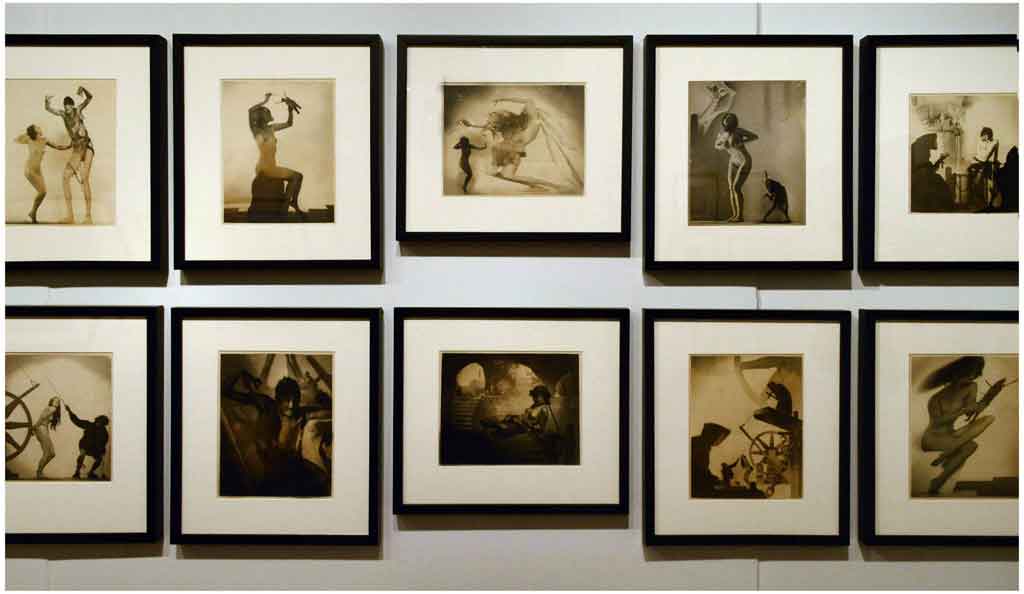
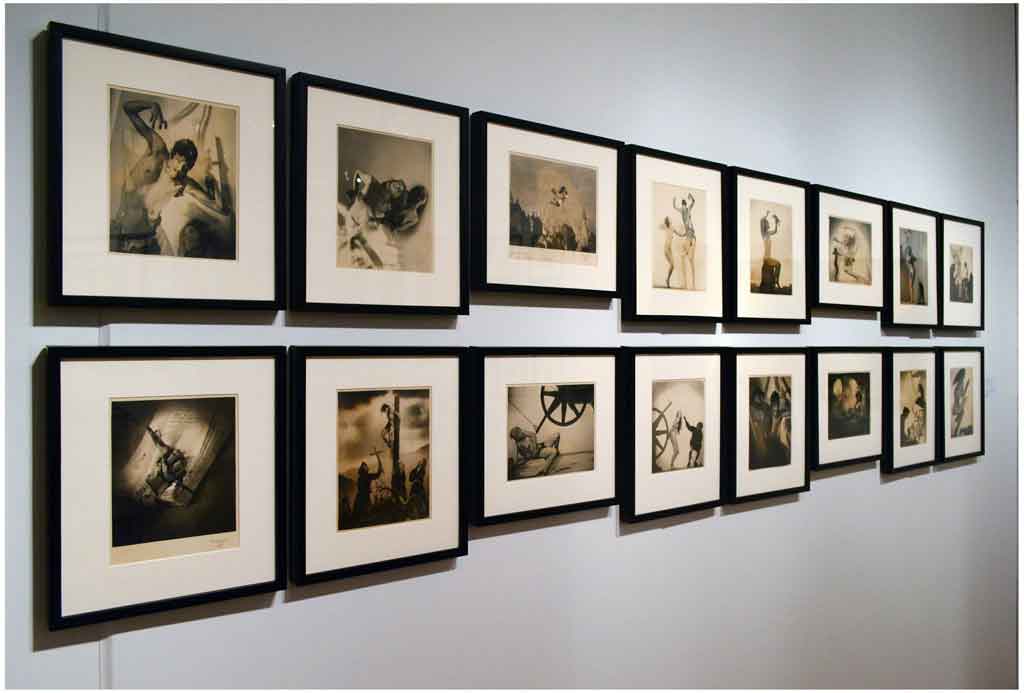
William Mortensen's "A Pictorial Compendium of Witchcraft" c 1924 - 1926 made it's public debut at The Metro Show January 2014, with the concurrent release of the
catalog published by Stephen Romano Gallery.
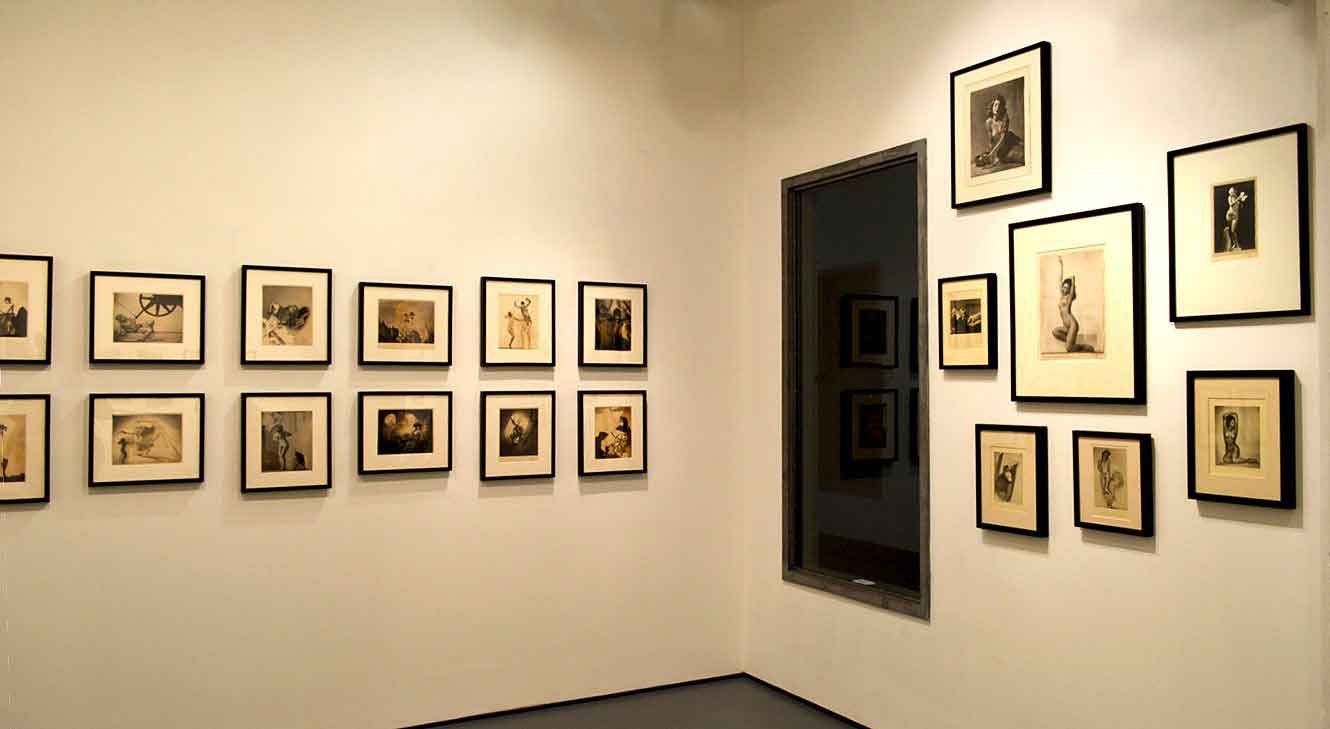
William Mortensen's "A Pictorial Compendium of Witchcraft" c 1924 - 1926 at Stephen Romano Gallery's exhibtion "William Mortensen: American Grotesque" October 15 - December 31 2014.
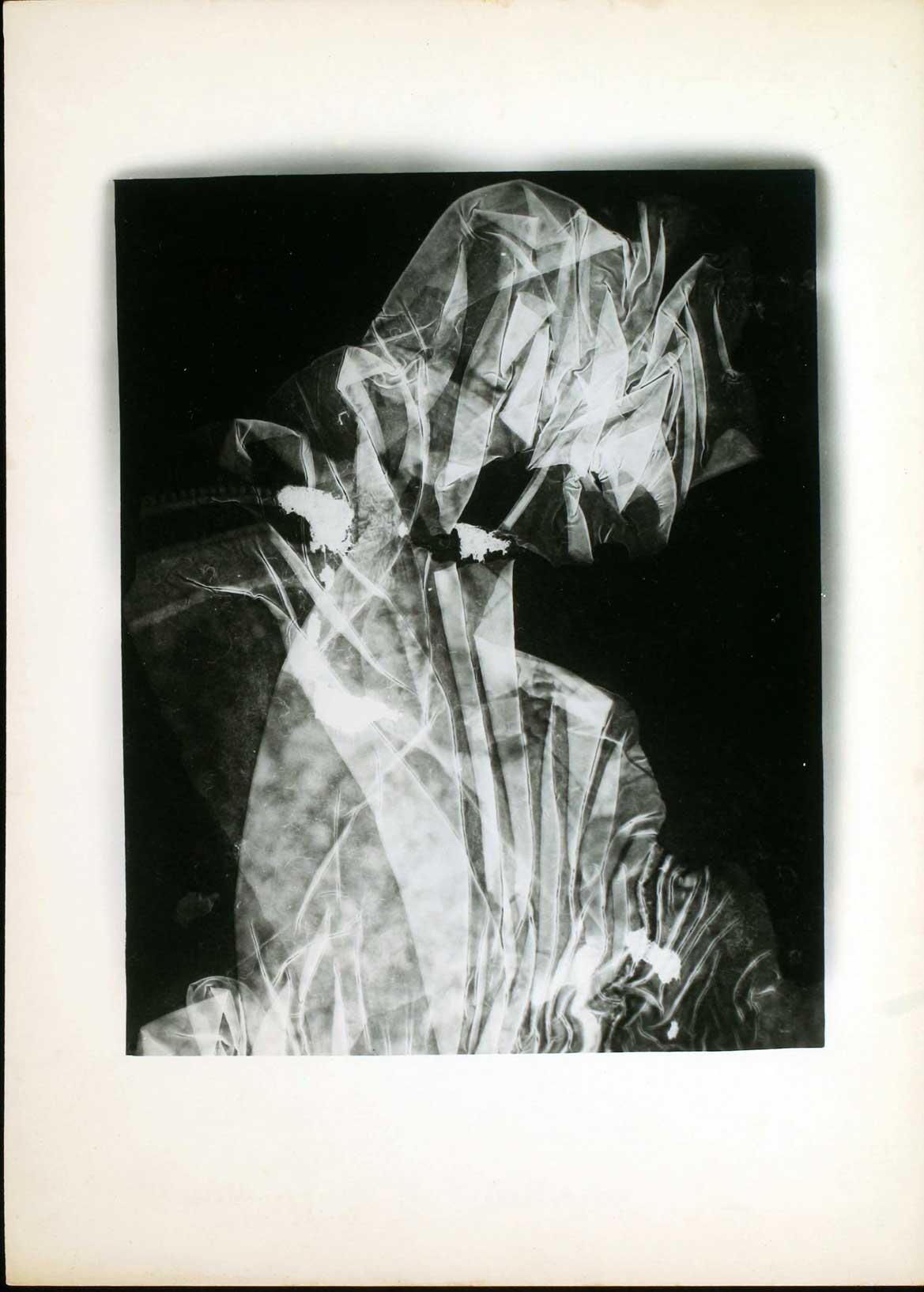
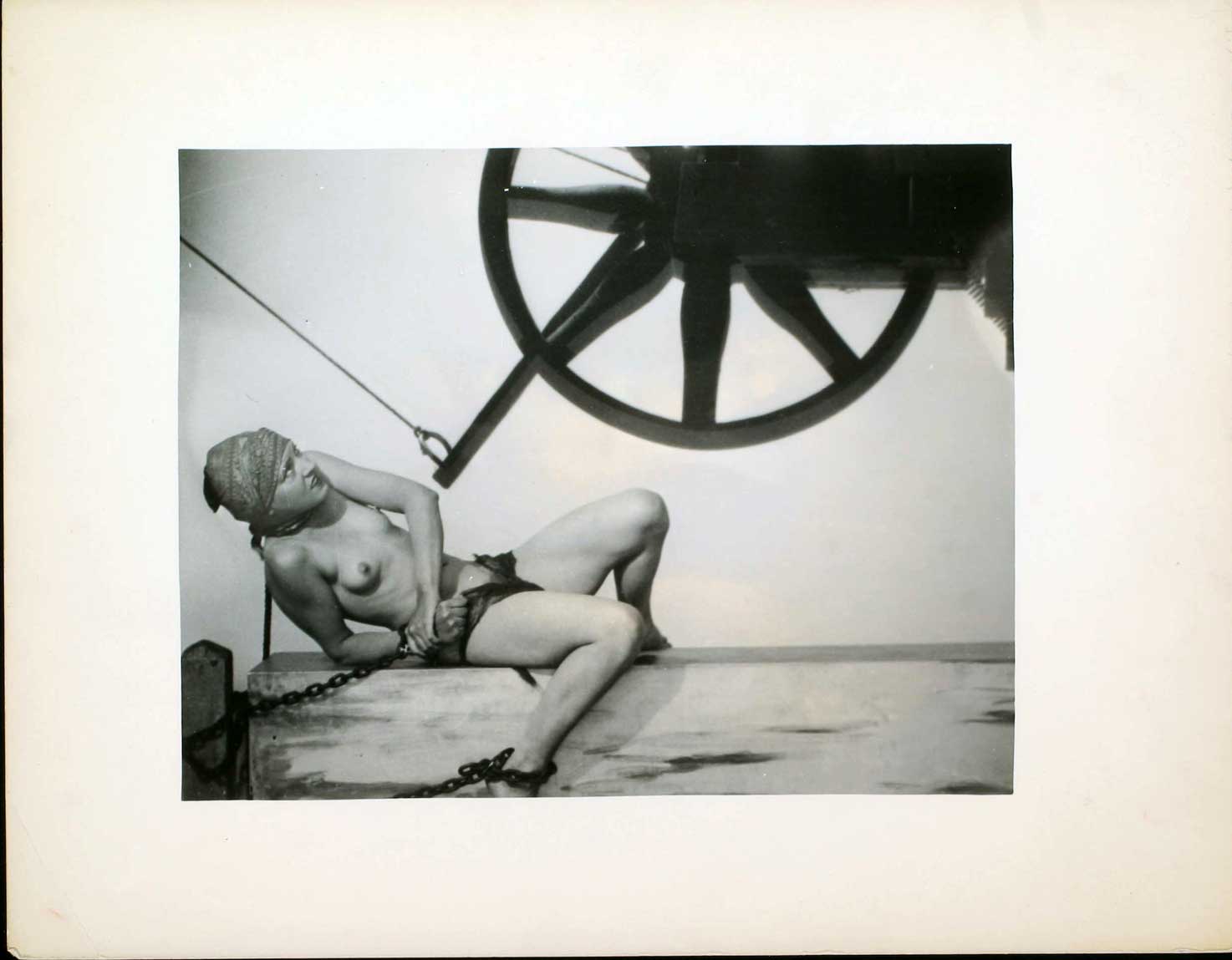
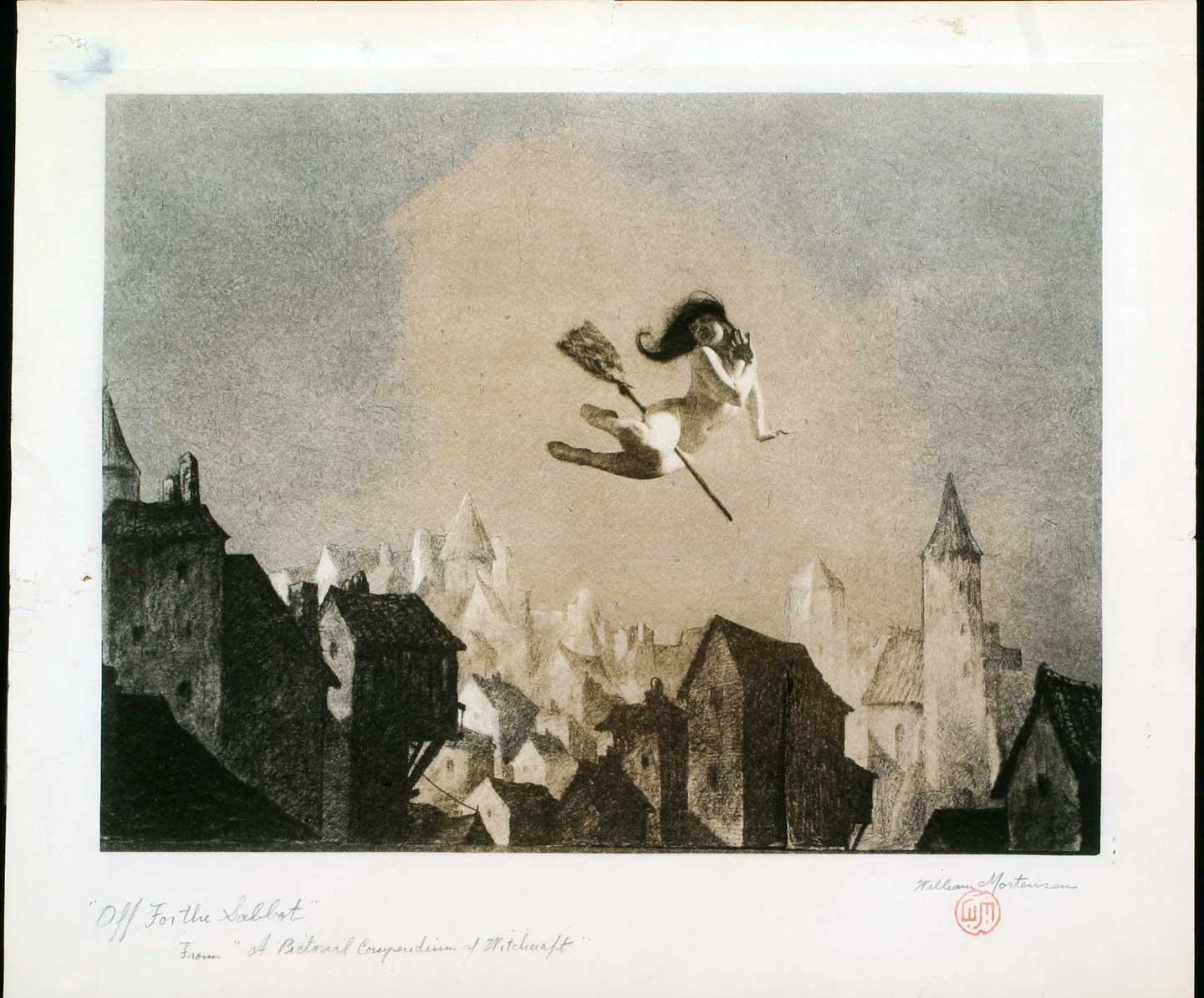
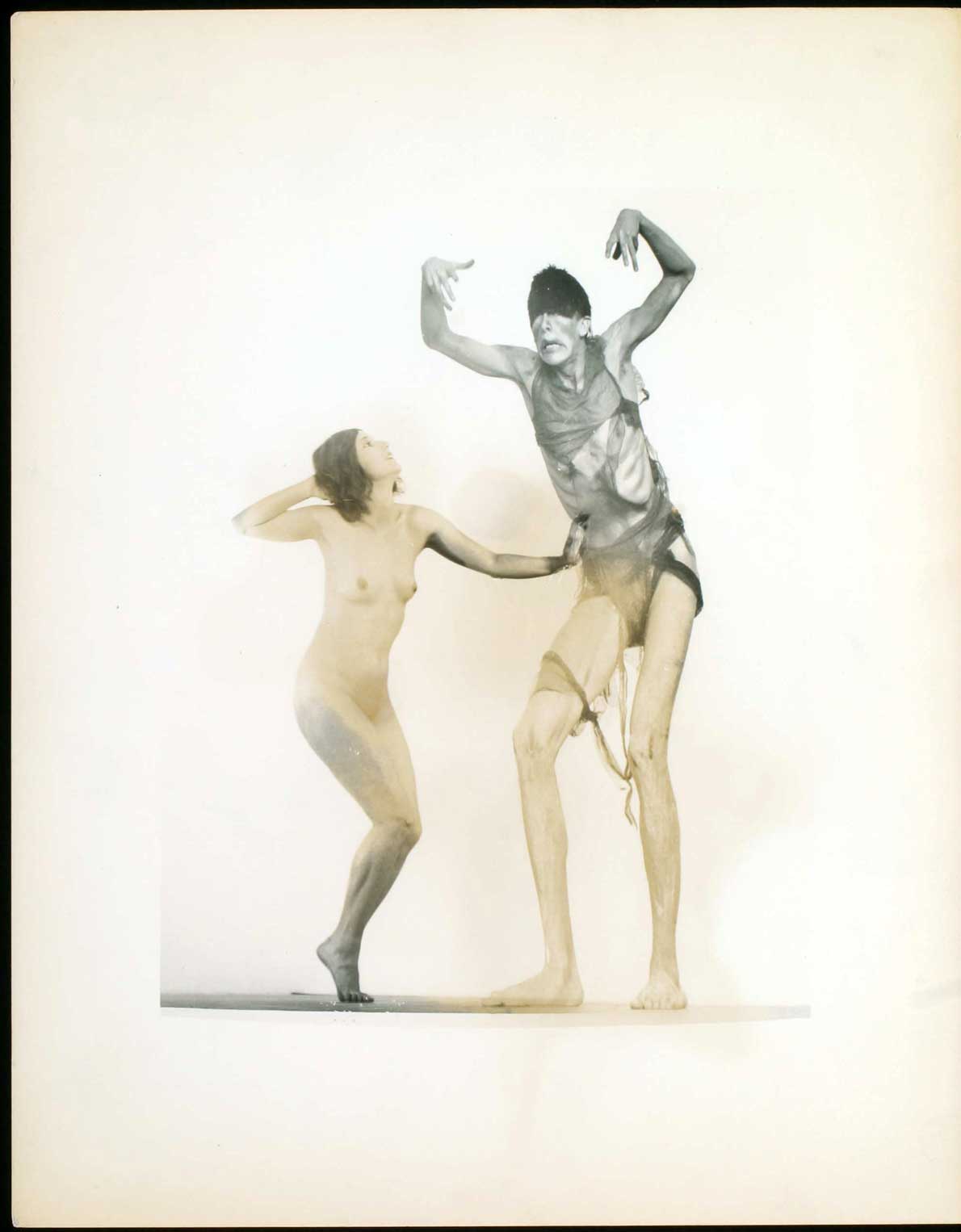
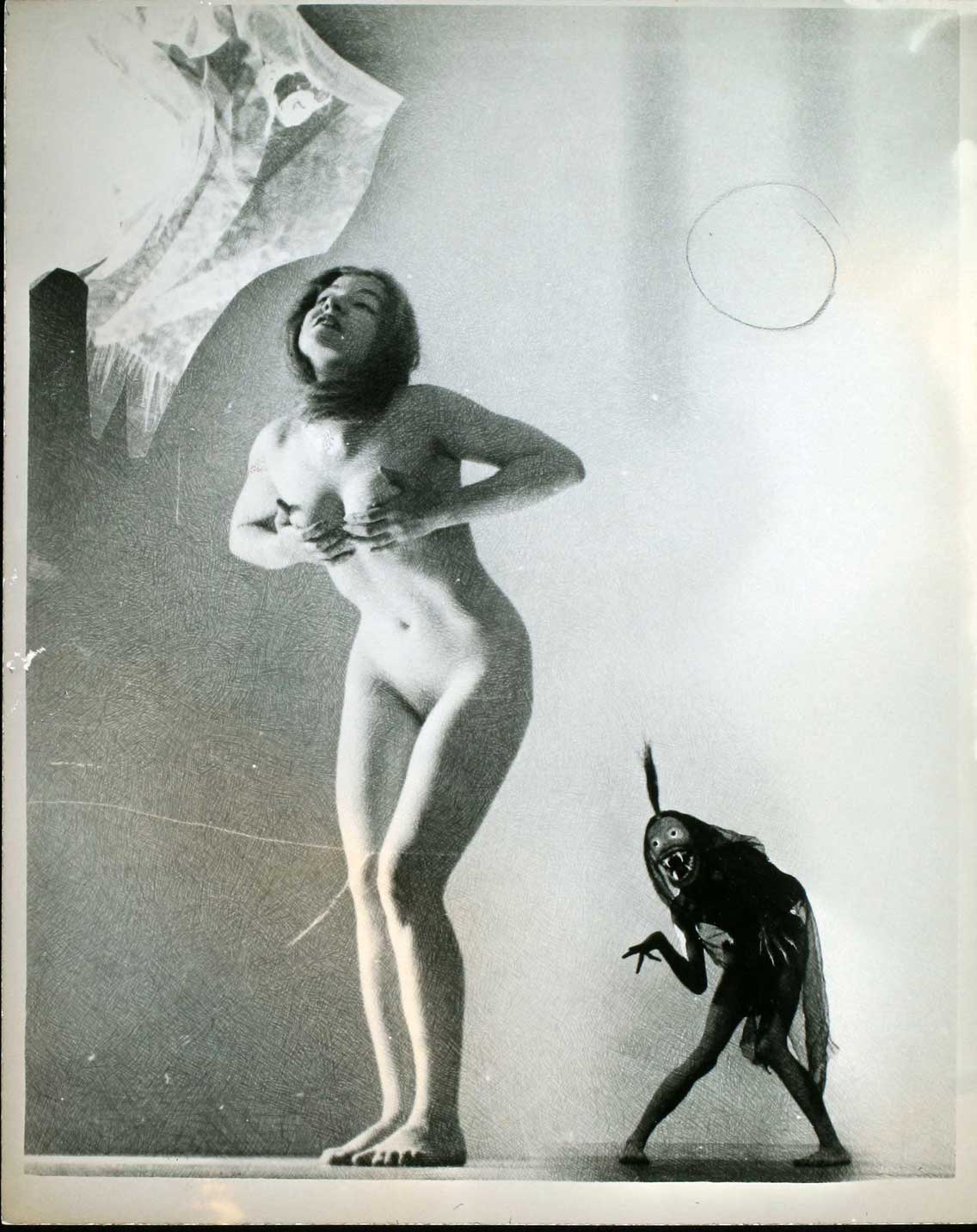
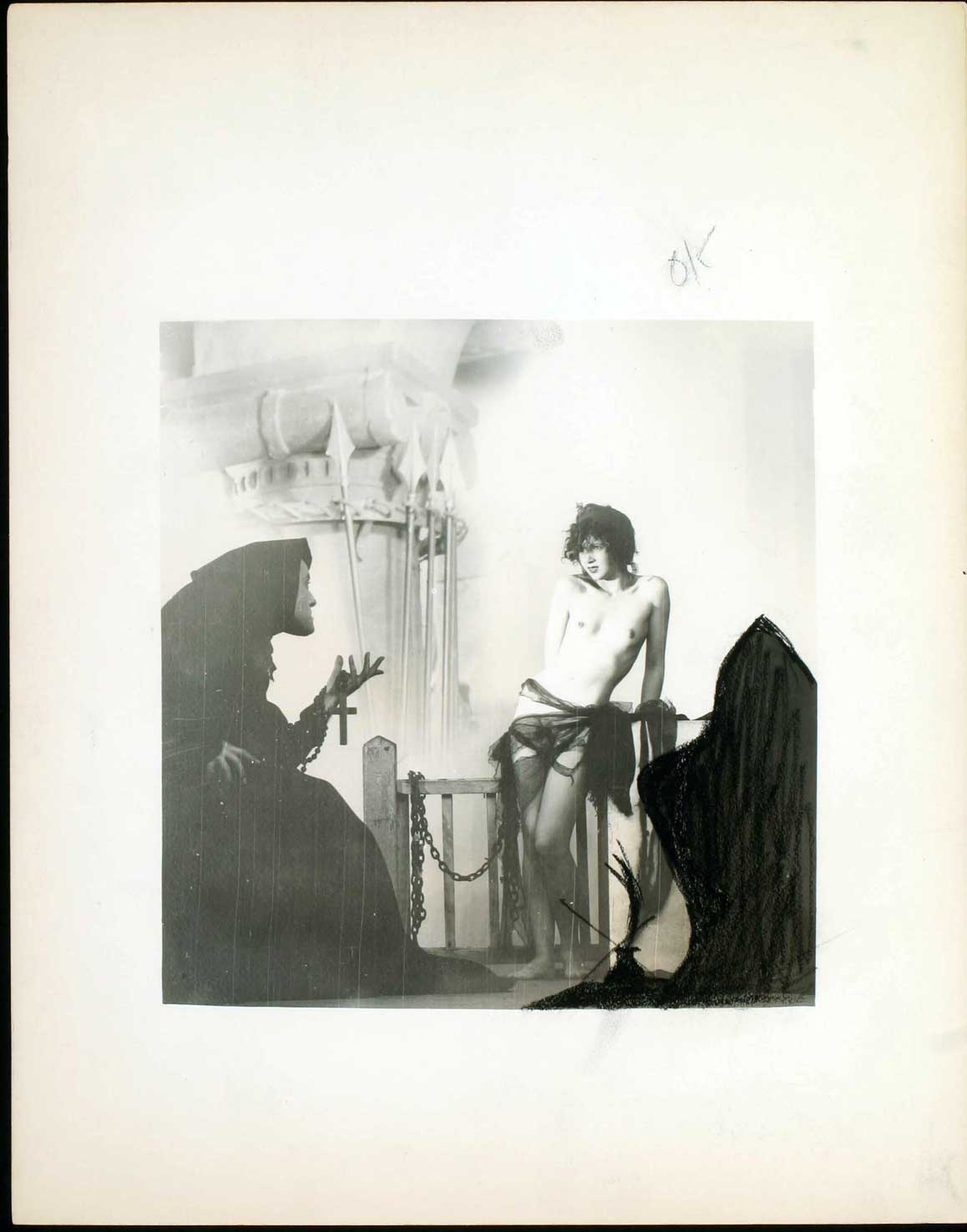
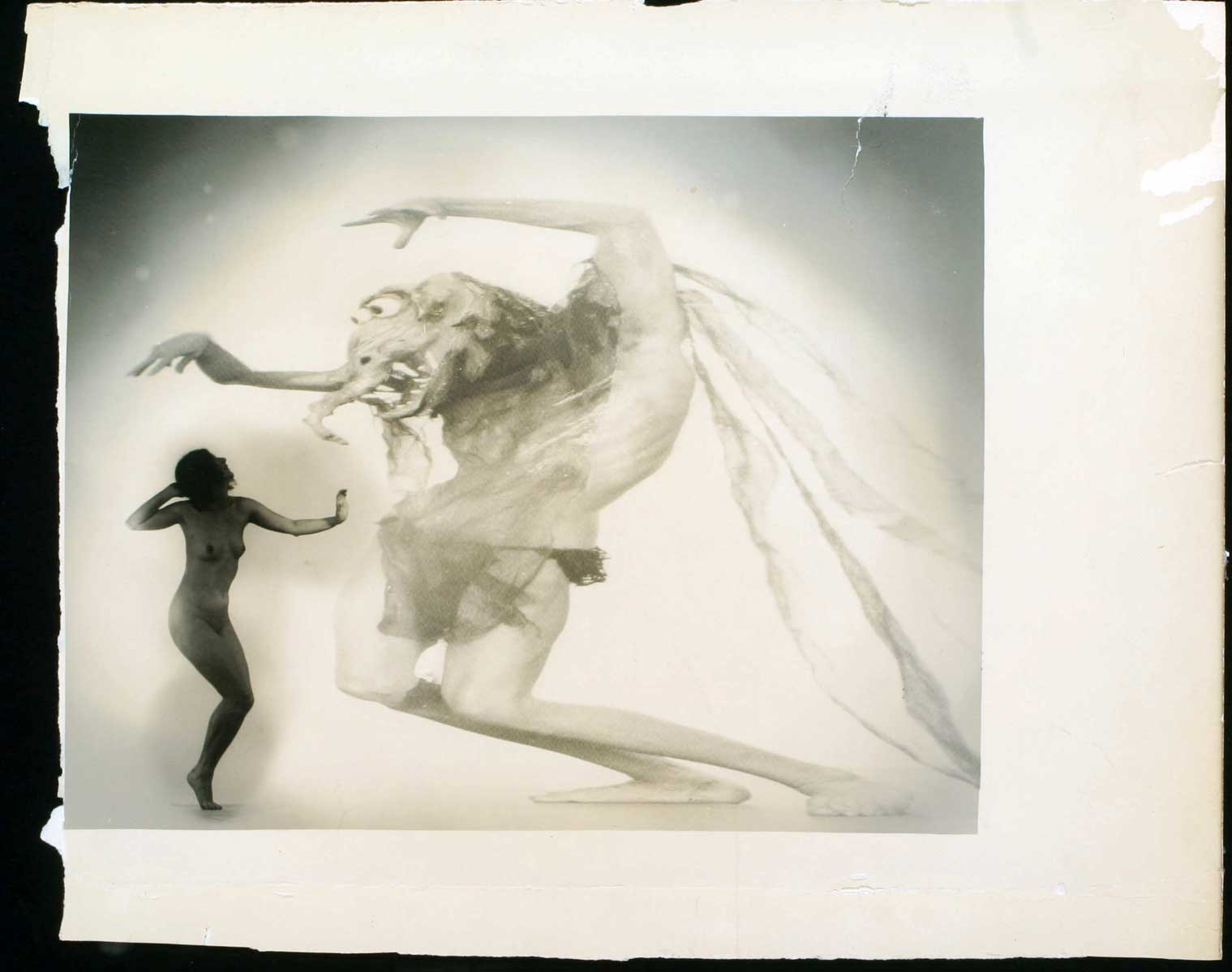
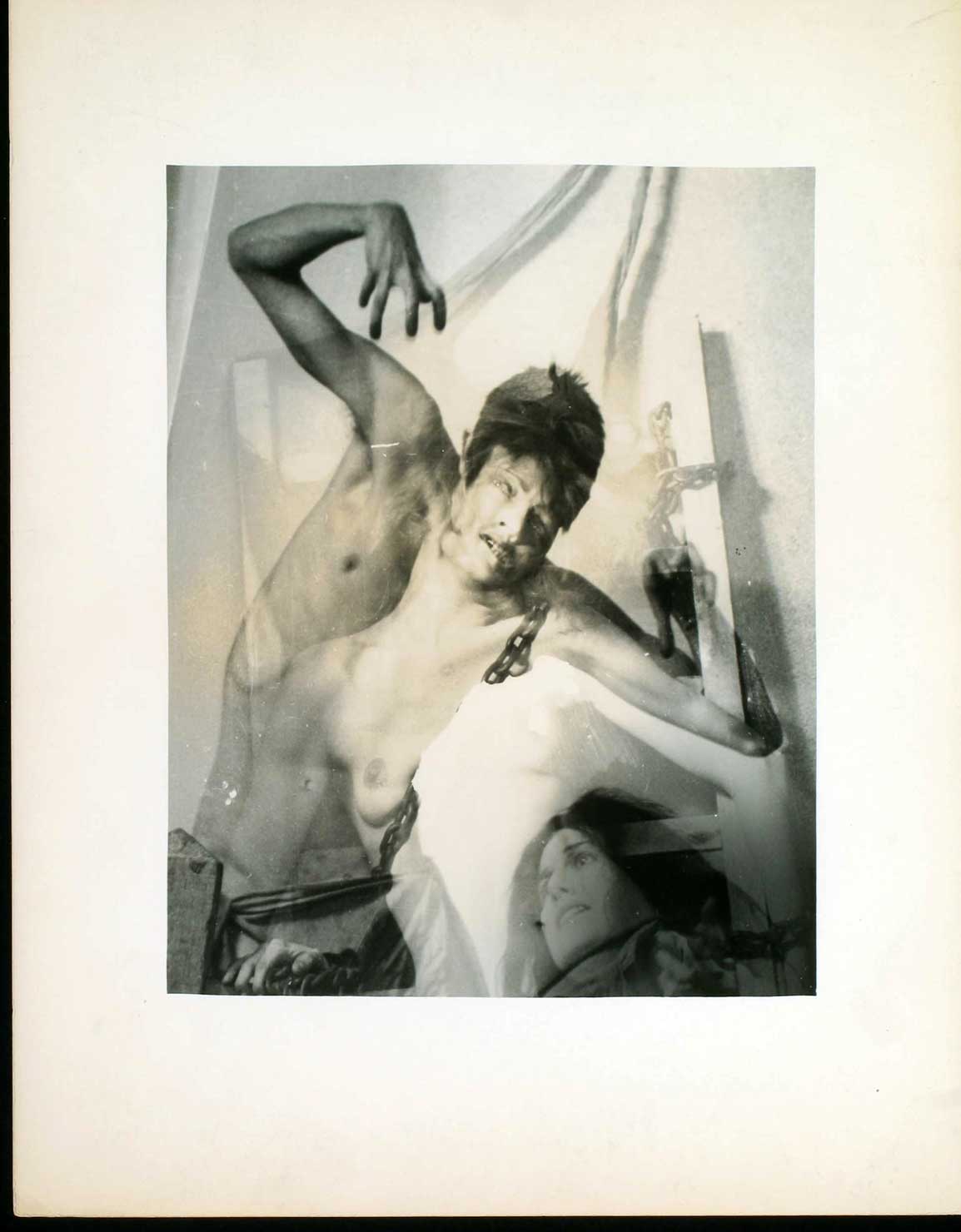
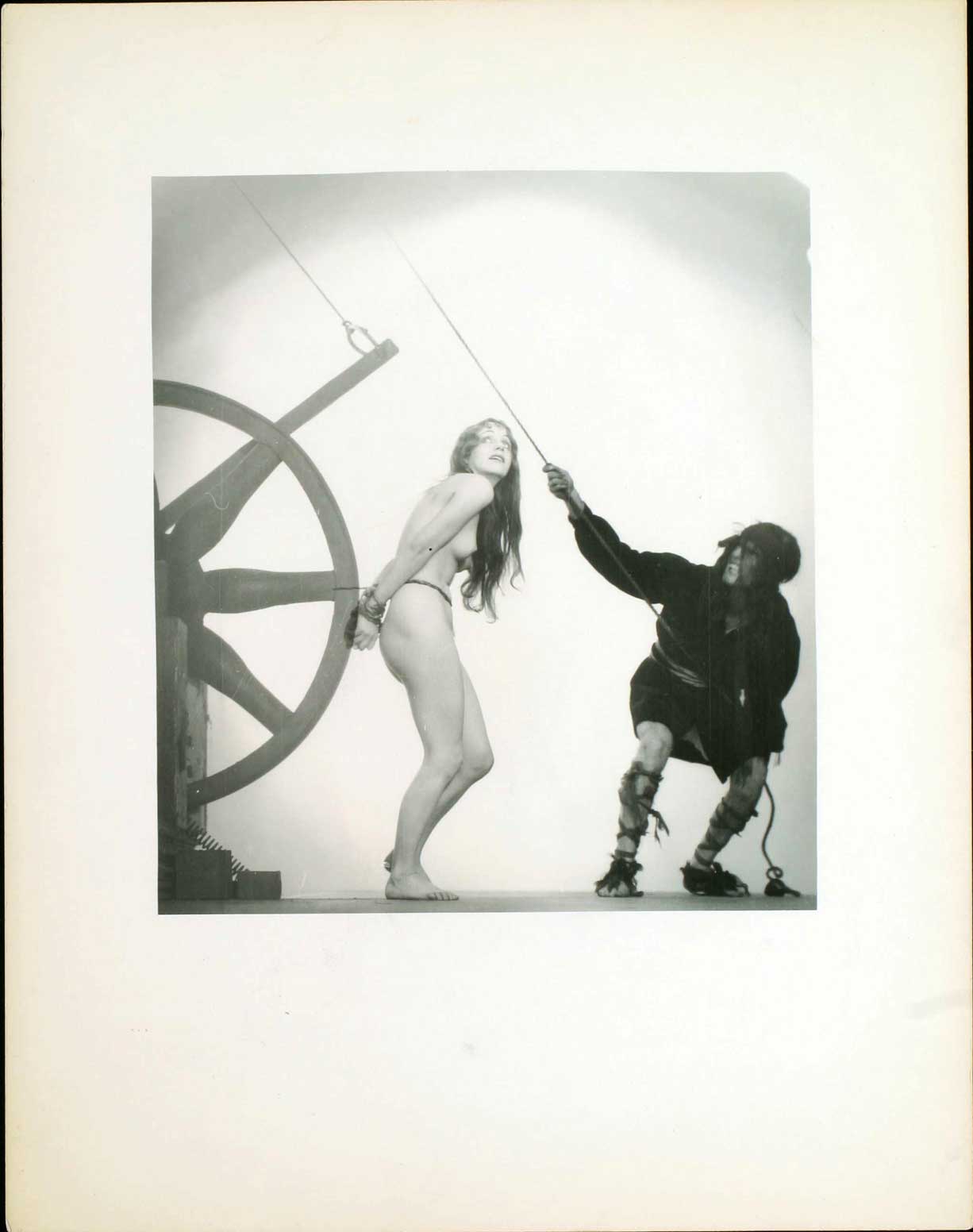
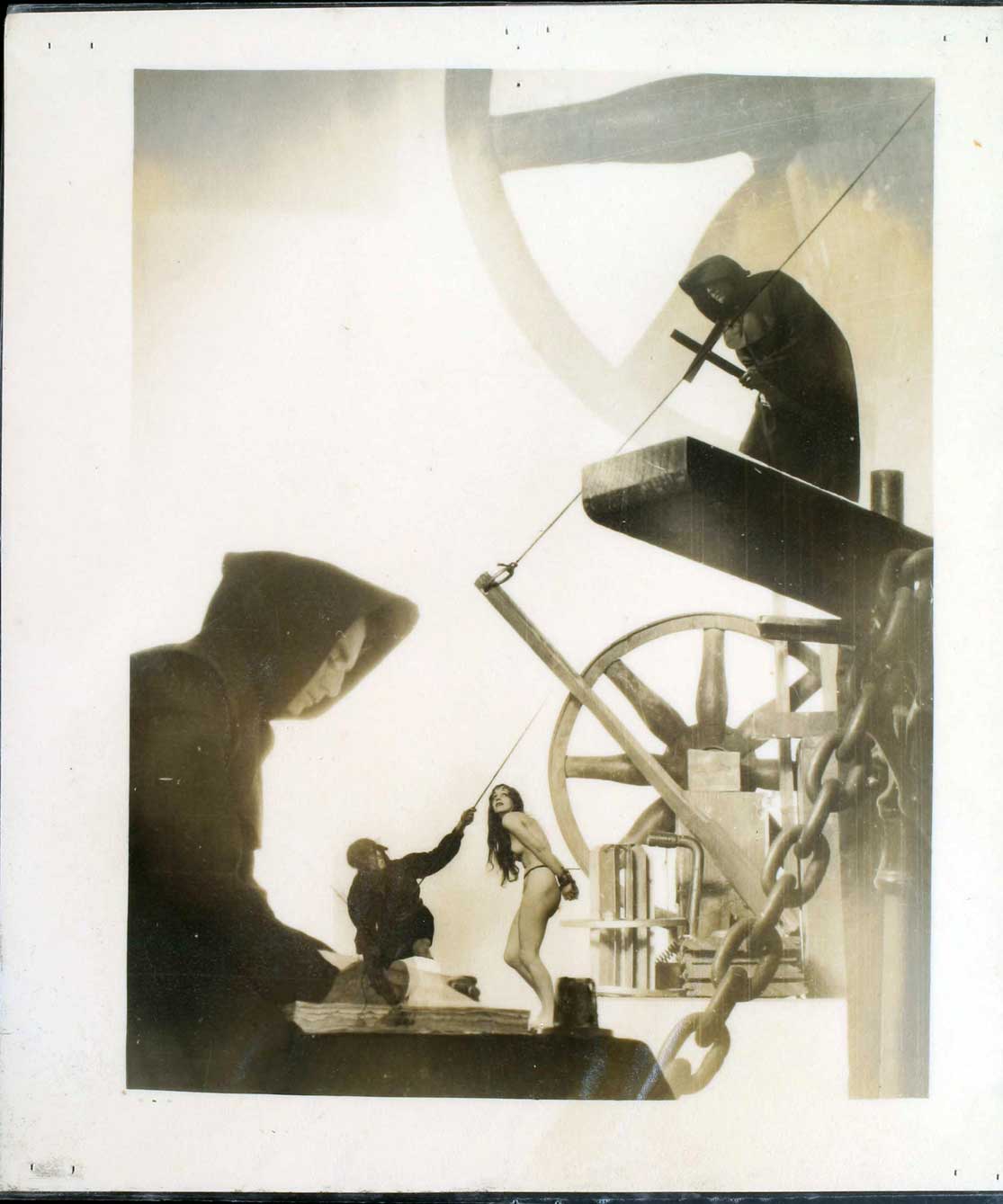
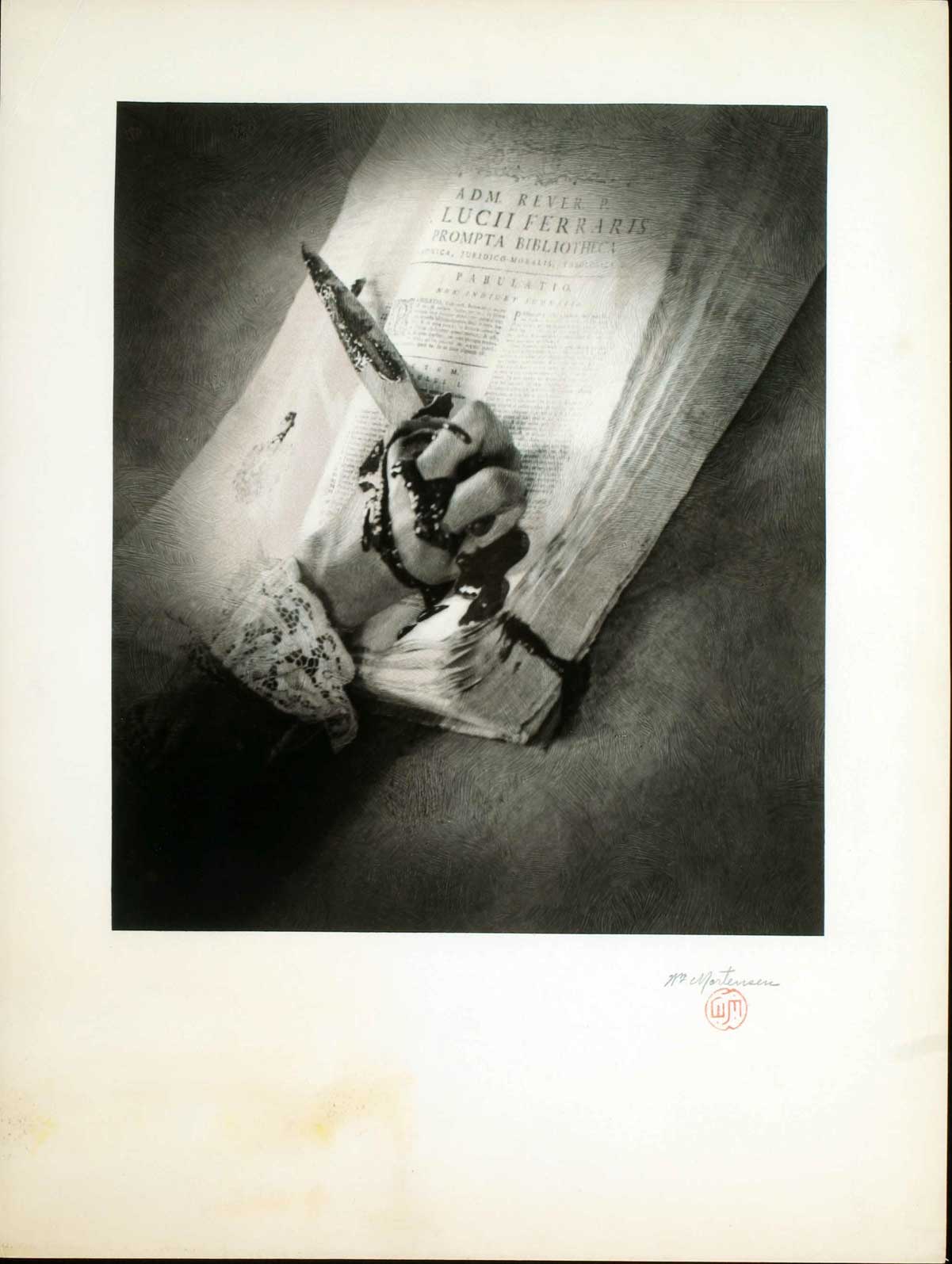
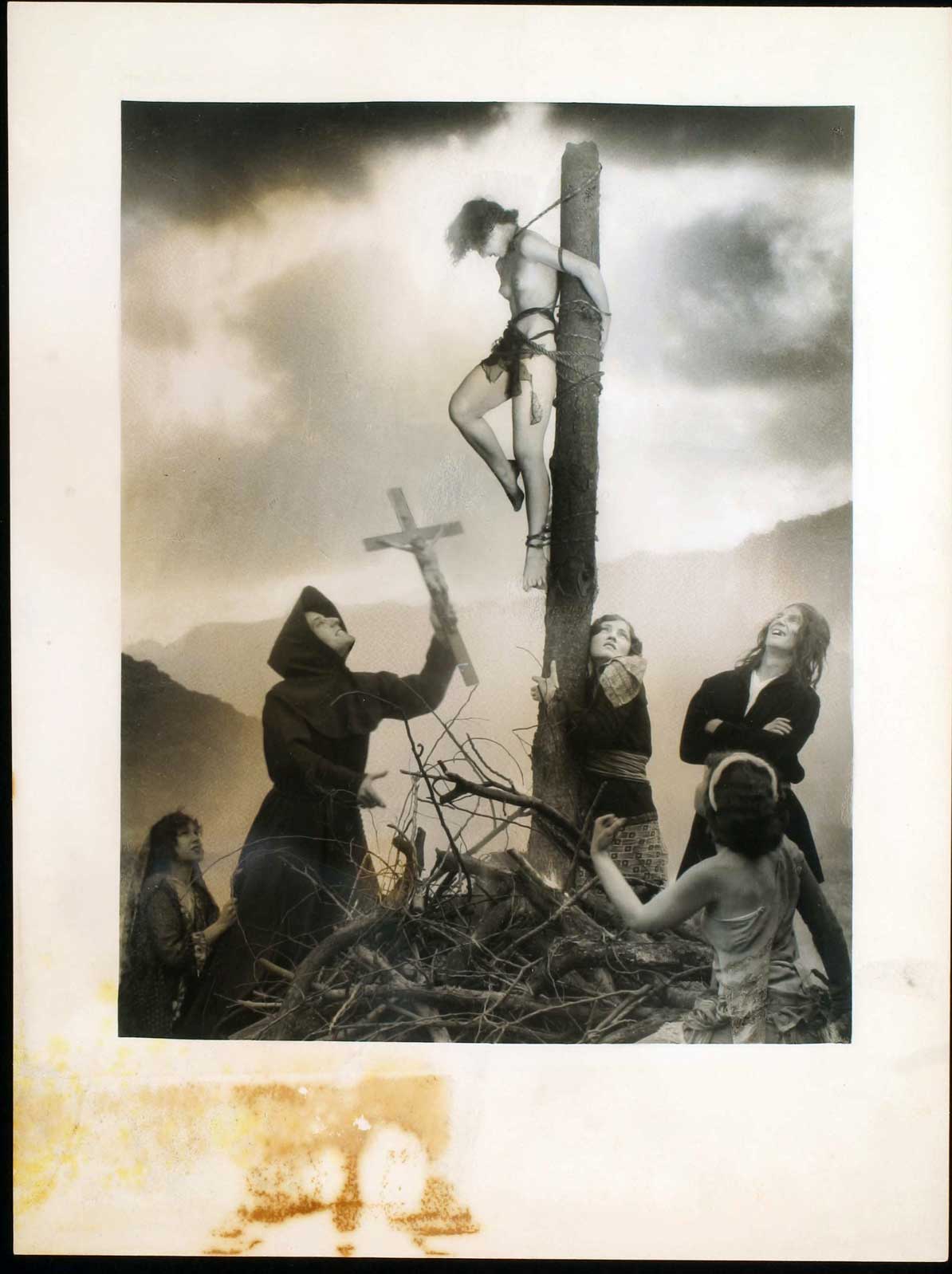
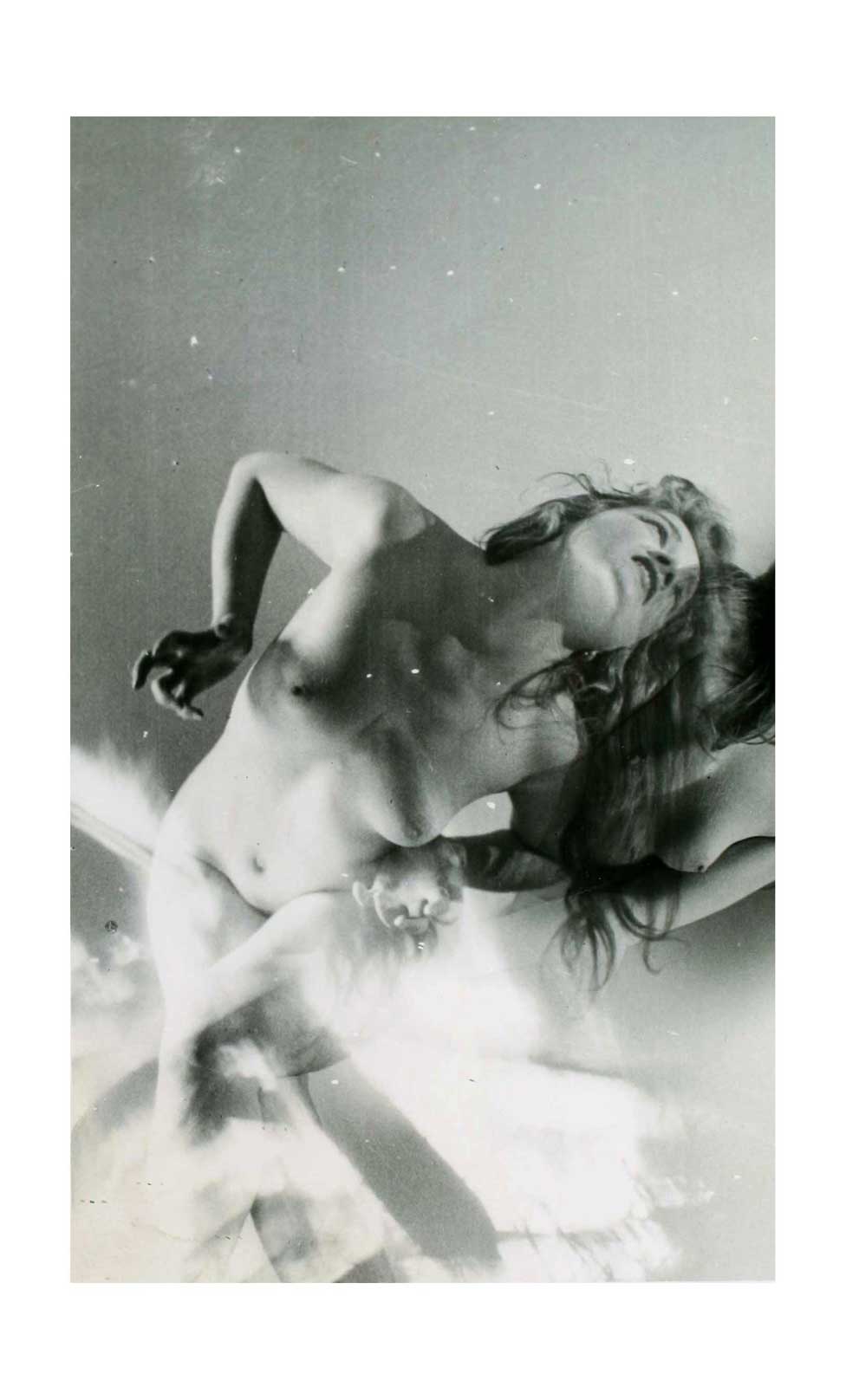
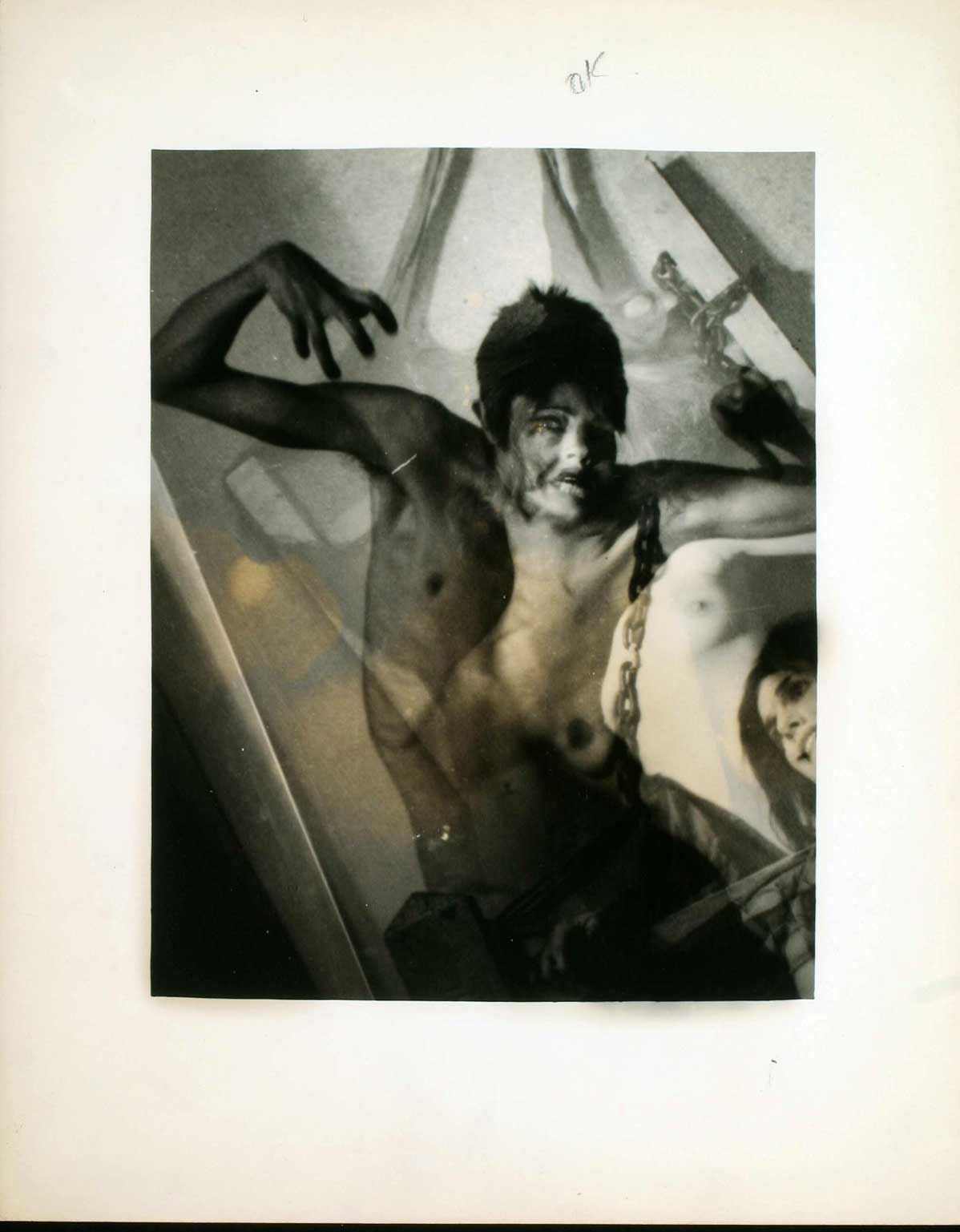
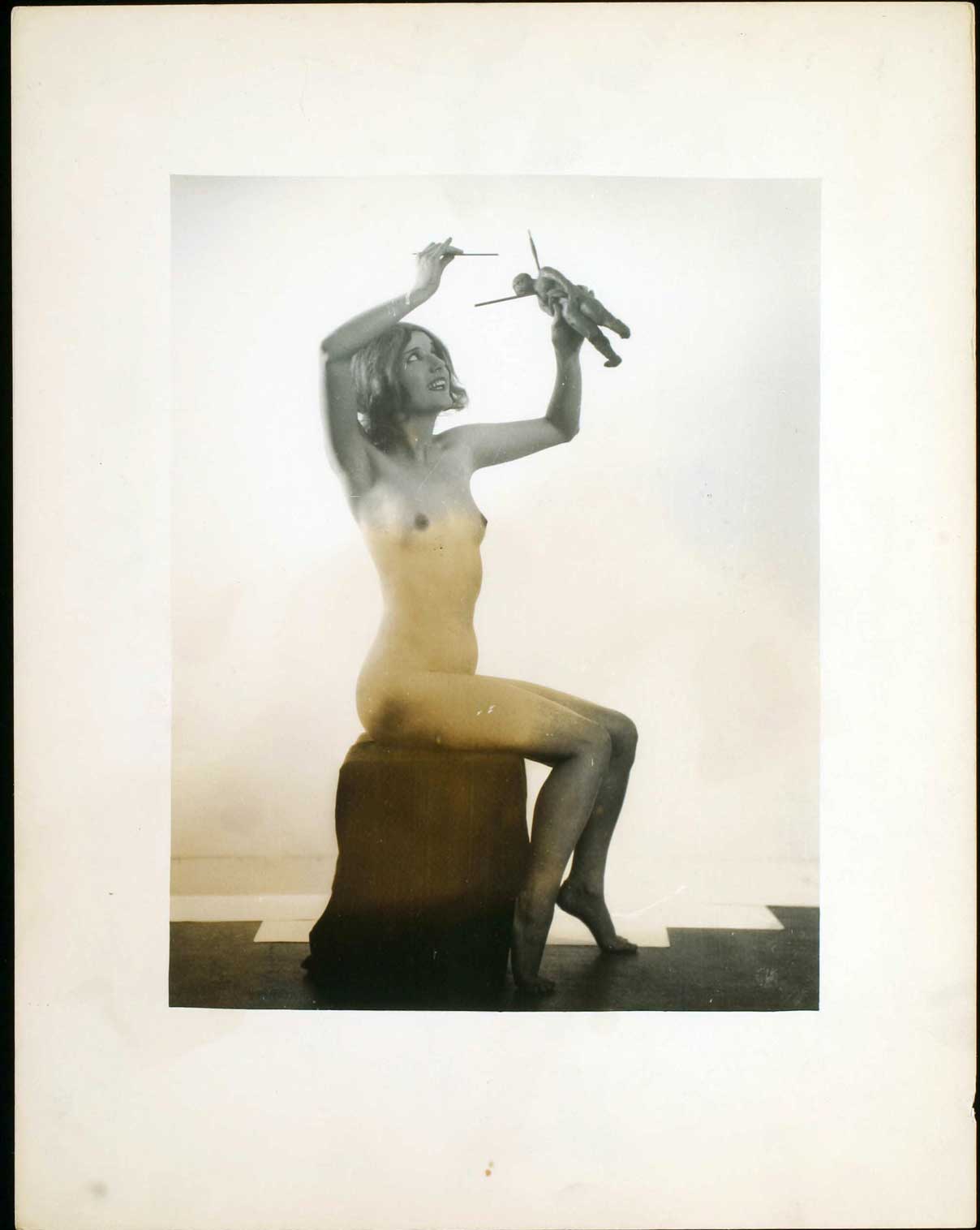
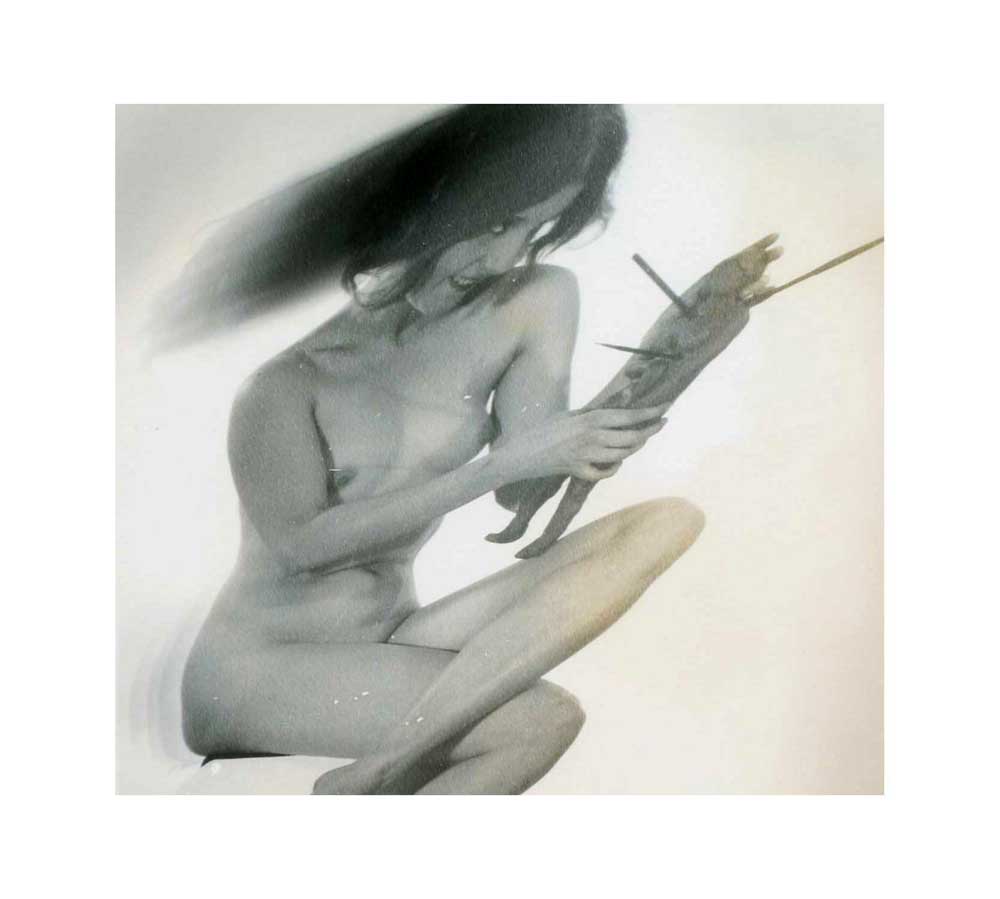
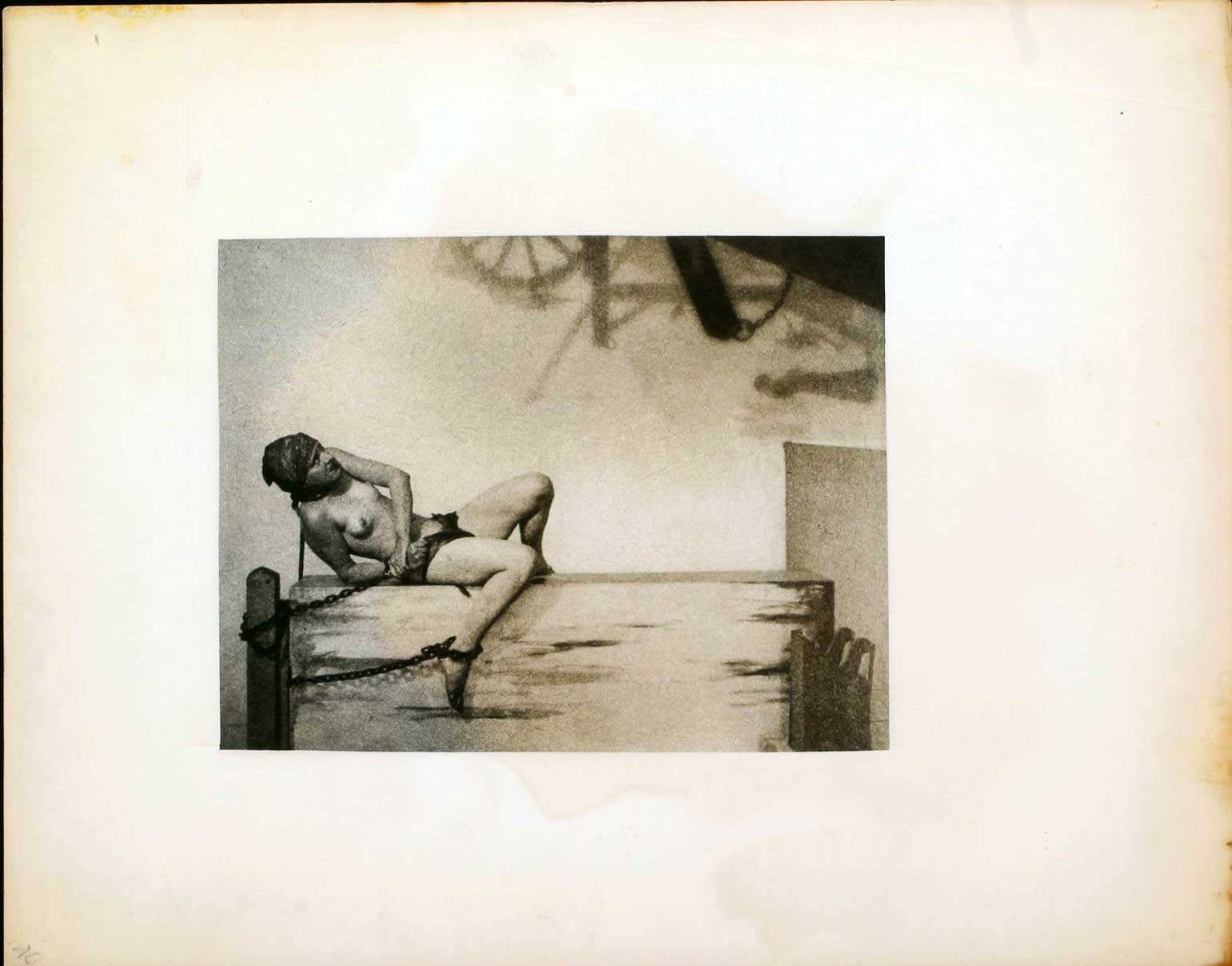
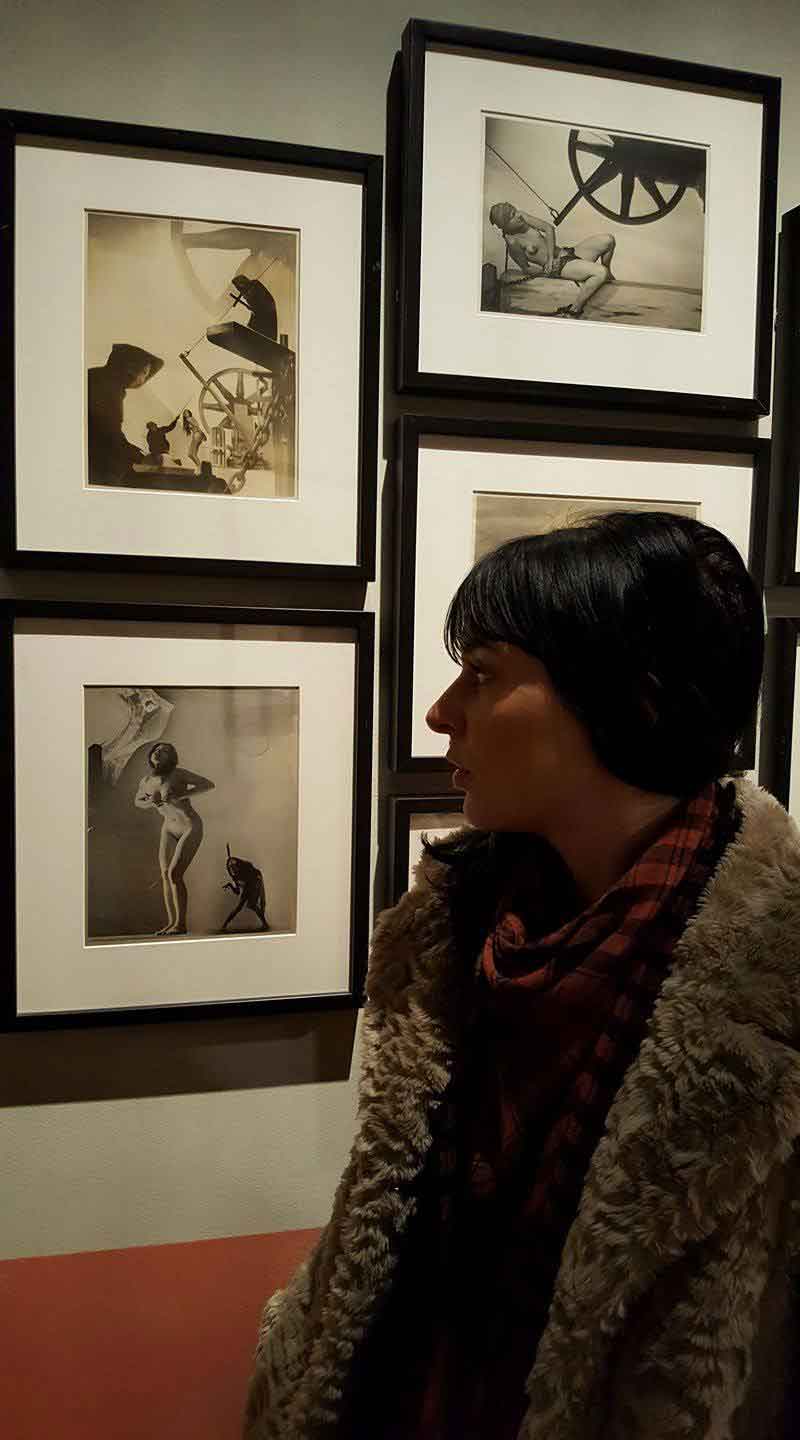 |
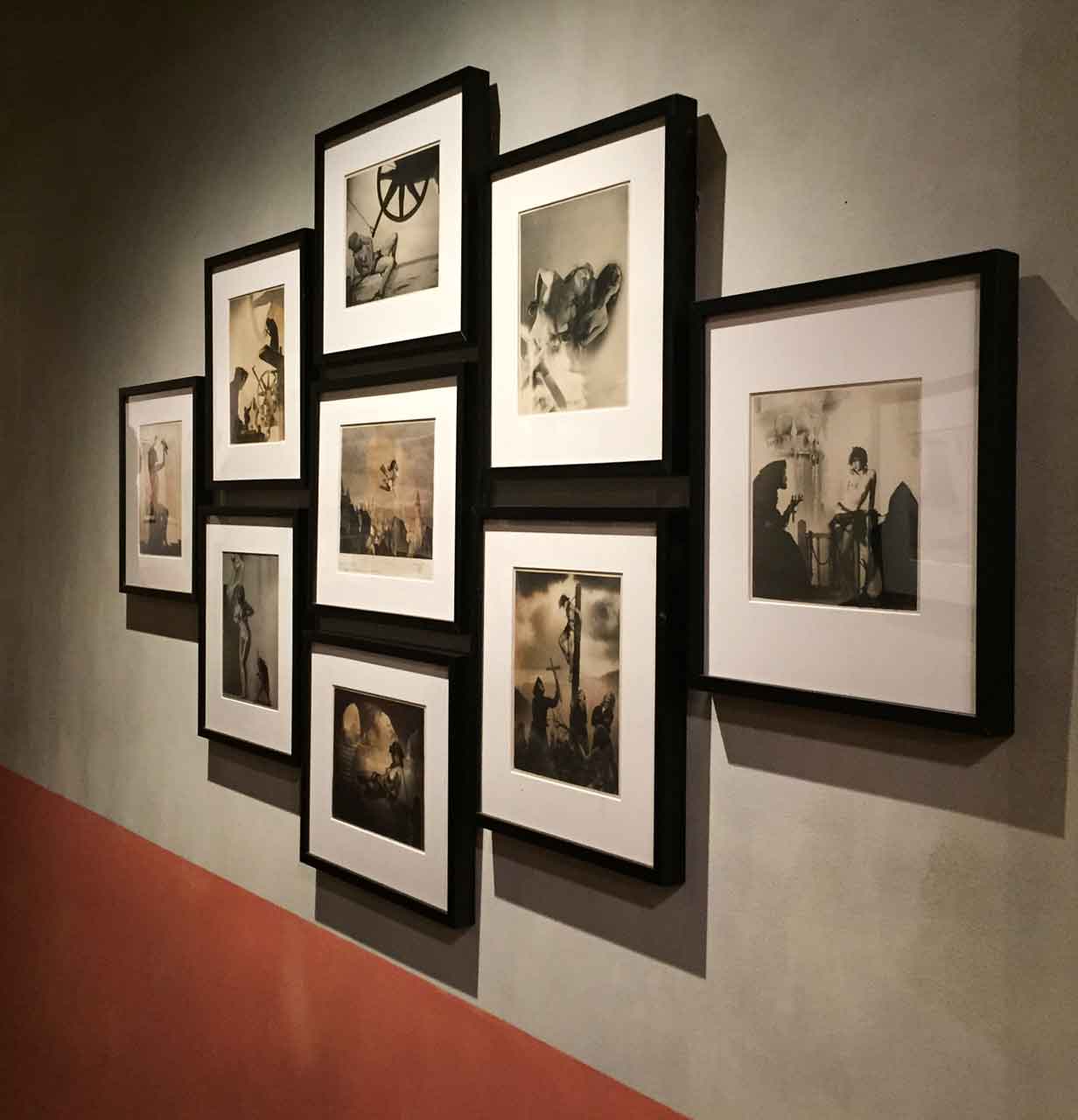 |
William Mortensen "A Pictorial Compendium of Witchcraft" at The Museum of Old and New, Tasmania photo by Marta Ticha
"A Pictorial Compendium of Withcraft" by William Mortensen was first exhibited at the Metro Show NYC January 2014. The series was next exhibited in the exhibiton "William Mortensen: American Grotesque" at Stephen Romano Gallery October - January 2015, and again at The Morbid Anatomy Museum Brooklyn July - November 2015 in the exhibtion "Opus Hypnagogia" curated by Stephen Romano. Fragments of the series are on display at the Museum of Old and New Tasmania through 2018.
Selection of the series were shown in the exhibtions "In Missa Interfectionis" and "Magica Sexualis" at Stephen Romano Gallery.
Stephen Romano gallery and Lexicon Magazine gratefully acknowledge The Museum of Everything, London and their curatorial custodianship of this series.
|


























